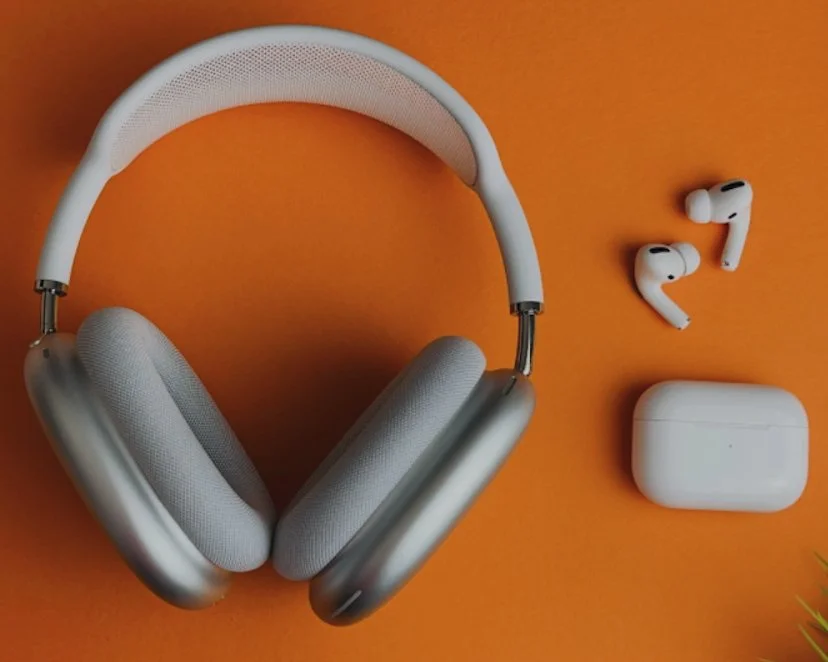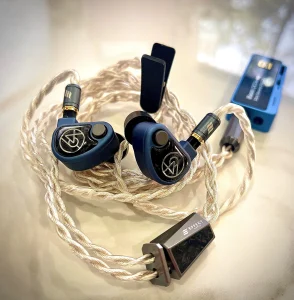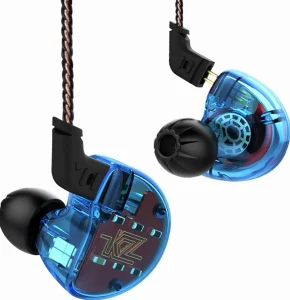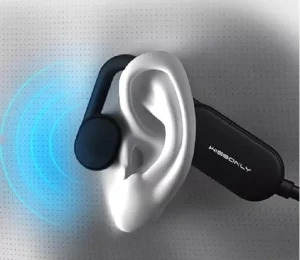Making The Right Choice For You
Choosing between earbuds and headphones depends on your lifestyle. Earbuds are portable and fit in small spaces. They are great for commuting or exercising. Headphones often provide better sound quality and isolation. They can block outside noise well.
Personal sound preferences matter too. Some people like deep bass. Others prefer clear vocals. Earbuds might not give the same bass as headphones. But they are easy to use on the go.
| Device Type | Pros | Cons |
|---|---|---|
| Earbuds | Lightweight, portable | Less sound isolation |
| Headphones | Better sound quality | Bulky, not as portable |
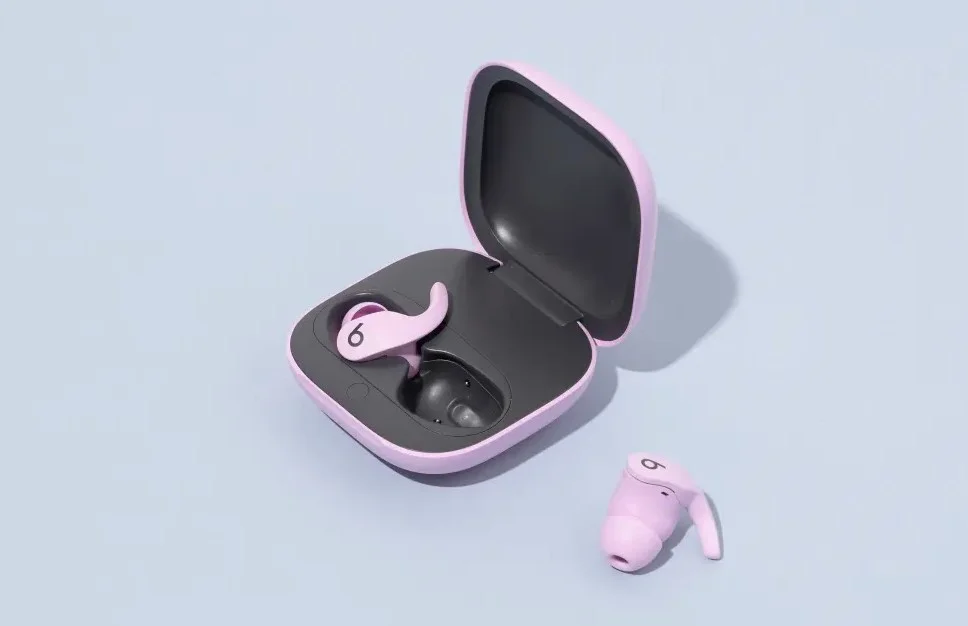
Frequently Asked Questions
Do Earbuds Block Sound Better Than Headphones?
Earbuds typically offer less sound isolation than headphones. This is because earbuds sit in the ear canal, while headphones cover the entire ear. Headphones create a larger seal, blocking more ambient noise. However, some high-quality earbuds can provide decent sound isolation depending on their design and fit.
Are Headphones Better For Noise Cancellation?
Yes, headphones are generally better for noise cancellation. They usually feature larger drivers and more advanced noise-canceling technology. This allows them to block out more external sounds effectively. Many over-ear models create a snug fit that further enhances isolation, making them ideal for noisy environments.
Can I Use Earbuds For Better Sound Isolation?
Yes, you can use earbuds for better sound isolation. Choosing noise-isolating or noise-canceling earbuds can enhance your listening experience. Look for models that fit snugly in the ear canal. This helps create a seal that reduces external noise and improves sound quality.
What Types Of Headphones Provide The Best Isolation?
Over-ear headphones provide the best sound isolation. Their design covers the entire ear, creating a barrier against outside noise. Many models also incorporate active noise-canceling technology, enhancing their effectiveness. If sound isolation is a priority, opt for high-quality over-ear headphones for the best results.
Conclusion
Earbuds and headphones each have their strengths. Sound isolation varies between them. Earbuds fit snugly in the ear, but may not block all noise. Headphones usually cover the ears and create a better seal. This can lead to more effective sound isolation.
Your choice depends on your needs. Consider comfort, portability, and sound quality. Knowing the differences helps you make a better decision. Choose what works best for your listening experience. Happy listening!
Earbuds and headphones are popular audio devices. Many people wonder about their sound isolation abilities.
Sound isolation is important for enjoying music and blocking outside noise. Earbuds sit inside the ear canal, while headphones cover the ears. This difference might affect how well each type keeps out distractions. Some believe that headphones provide better sound isolation because they create a seal around the ears.
Others argue that well-fitted earbuds can also be effective. Understanding the differences in sound isolation helps you choose the right device for your needs. This article will explore whether earbuds have less sound isolation than headphones and what that means for your listening experience.
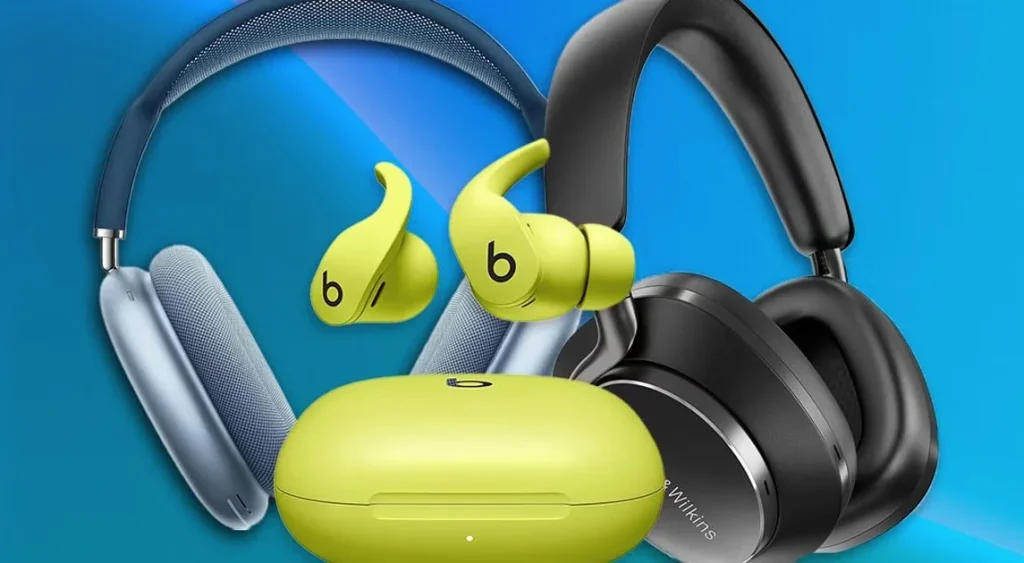
The Sound Isolation Showdown: Earbuds Vs. Headphones
Sound isolation helps block outside noise. It makes listening better. Earbuds fit directly in the ear. They can create a good seal. This helps with sound isolation.
On the other hand, headphones sit over the ears. They usually have larger pads. This can provide more comfort and sound isolation. Closed-back headphones are better at blocking noise than open-back types.
In general, earbuds may not isolate sound as well as headphones. But good-quality earbuds can still do a decent job. Choose based on your comfort and needs.
Anatomy Of Earbuds: How They Fit
The in-ear design of earbuds fits snugly in the ear canal. This helps block outside noise. Earbuds often come with different tip sizes. Some tips are made of foam, while others are silicone. Foam tips provide a better seal. They can be more comfortable for long use. Silicone tips are easier to clean. They come in various sizes. A good fit is important for sound isolation. If tips do not fit well, sound leakage happens. This means you hear outside noise. Also, others hear your music. Choosing the right tip improves your listening experience. A tight seal gives better sound quality. It makes music sound clearer and deeper.
Headphones And Their Seal
Headphones</strong create a better seal around your ears. This helps block outside noise. The over-ear design covers your ears completely. It provides more sound isolation. You can enjoy music without distractions.
On-ear variants sit on top of your ears. They offer less isolation than over-ear designs. Some sound can still enter. This might not be ideal for noisy places.
Choosing between them depends on your needs. If you want more isolation, go for over-ear headphones. If you prefer something smaller, on-ear might work.
The Science Of Noise Cancellation
Active Noise Cancellation (ANC) works by using microphones. These microphones listen to outside sounds. Then, the earbuds create sounds that cancel them out. This makes music clearer. ANC is very effective in noisy places.
On the other hand, Passive Noise Isolation uses physical barriers. Earbuds or headphones block sound by sealing the ears. This method can be less effective than ANC. Yet, it can still reduce noise well. Many people prefer a mix of both methods for the best experience.
Assessing Audio Leakage
Earbuds often let in more outside noise than headphones. This means you hear sounds around you. It can be good in some places. For example, you can stay aware of traffic while walking.
On the other hand, headphones block more noise. They cover your ears completely. This helps you focus on music or calls. But, it can also make you miss important sounds. For example, a car horn or someone calling your name.
Sound isolation is important for privacy. With earbuds, others can hear your music. Headphones usually keep sound in better. This makes them a good choice in quiet places.
The Impact Of Sound Quality
Sound quality is important for music lovers. Frequency response affects how well you hear different sounds. Earbuds often have a limited range. This can lead to missing some details in music.
Driver size plays a key role in sound. Larger drivers can produce deeper bass. They also help with loudness. Headphones usually have bigger drivers than earbuds. This can mean better sound quality overall.
| Device Type | Driver Size | Sound Quality |
|---|---|---|
| Earbuds | Small | Limited |
| Headphones | Large | Better |
User Comfort And Long-term Use
Earbuds are often smaller than headphones. They fit inside the ear. This makes them lightweight and portable. Many people like this feature.
Comfort is important for long listening sessions. Earbuds can cause discomfort after a while. They can push against the ear canal. This can lead to pain.
Headphones usually sit on the ear or around it. They tend to be more comfortable for long use. They do not press inside the ear. This can help avoid pain.
Some headphones have extra padding. This can make them feel softer. Earbuds do not have this feature. They are simple and small.

Real-world Applications
Many people love music while commuting. Earbuds are small and easy to carry. They fit snugly in the ear. But do they block outside noise well?
For the commuting audiophile, earbuds may not be best. Headphones usually offer better sound isolation. They cover the whole ear. This helps block out loud sounds, like traffic. Earbuds might let in some noise. Commuters may miss important details in their music.
In a studio, sound quality matters a lot. Professionals need to hear every detail. Headphones provide a tighter seal. This creates better sound isolation. It allows for a clearer listening experience. Earbuds might not cut it for studio work. They can miss low frequencies.
Making The Right Choice For You
Choosing between earbuds and headphones depends on your lifestyle. Earbuds are portable and fit in small spaces. They are great for commuting or exercising. Headphones often provide better sound quality and isolation. They can block outside noise well.
Personal sound preferences matter too. Some people like deep bass. Others prefer clear vocals. Earbuds might not give the same bass as headphones. But they are easy to use on the go.
| Device Type | Pros | Cons |
|---|---|---|
| Earbuds | Lightweight, portable | Less sound isolation |
| Headphones | Better sound quality | Bulky, not as portable |

Frequently Asked Questions
Do Earbuds Block Sound Better Than Headphones?
Earbuds typically offer less sound isolation than headphones. This is because earbuds sit in the ear canal, while headphones cover the entire ear. Headphones create a larger seal, blocking more ambient noise. However, some high-quality earbuds can provide decent sound isolation depending on their design and fit.
Are Headphones Better For Noise Cancellation?
Yes, headphones are generally better for noise cancellation. They usually feature larger drivers and more advanced noise-canceling technology. This allows them to block out more external sounds effectively. Many over-ear models create a snug fit that further enhances isolation, making them ideal for noisy environments.
Can I Use Earbuds For Better Sound Isolation?
Yes, you can use earbuds for better sound isolation. Choosing noise-isolating or noise-canceling earbuds can enhance your listening experience. Look for models that fit snugly in the ear canal. This helps create a seal that reduces external noise and improves sound quality.
What Types Of Headphones Provide The Best Isolation?
Over-ear headphones provide the best sound isolation. Their design covers the entire ear, creating a barrier against outside noise. Many models also incorporate active noise-canceling technology, enhancing their effectiveness. If sound isolation is a priority, opt for high-quality over-ear headphones for the best results.
Conclusion
Earbuds and headphones each have their strengths. Sound isolation varies between them. Earbuds fit snugly in the ear, but may not block all noise. Headphones usually cover the ears and create a better seal. This can lead to more effective sound isolation.
Your choice depends on your needs. Consider comfort, portability, and sound quality. Knowing the differences helps you make a better decision. Choose what works best for your listening experience. Happy listening!
